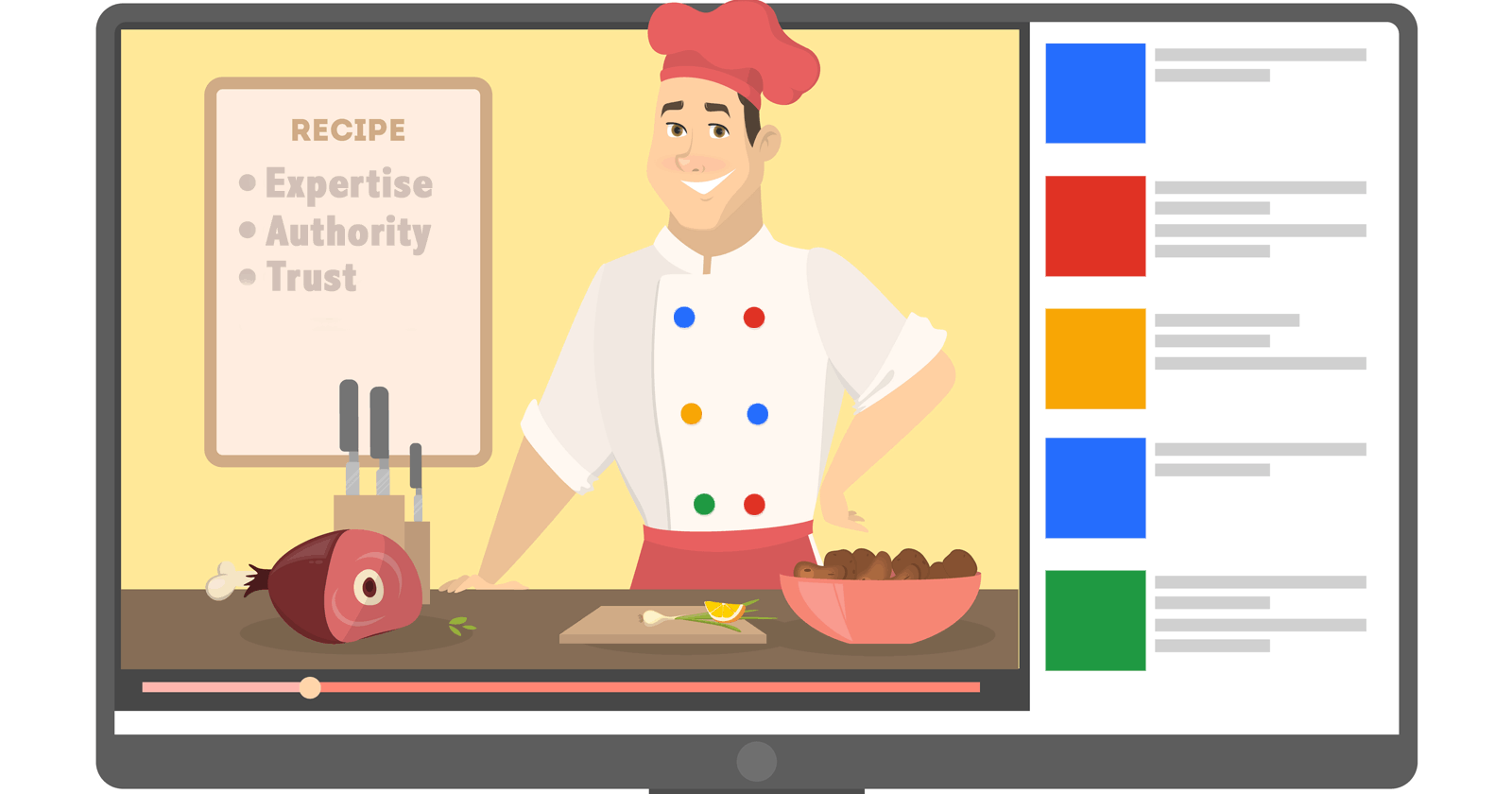On August 1, Google confirmed the release of a broad core algorithm update.
If you were impacted, Google’s Danny Sullivan has said better content means higher rankings.
Google’s John Mueller said to make content more relevant.
And the key to creating better, more relevant content can be found by reading Google’s Quality Raters Guidelines.
Google’s Quality Rater Guidelines are used by humans to assign quality scores to search results for specified queries.
Those scores don’t directly impact search results. But they are used in developing or honing the algorithm.
In other words, pages that would receive high-quality ratings from raters applying these guidelines are the kinds of pages Google wants to rank well.
Among the changes was a much stronger emphasis on E-A-T:
- Expertise.
- Authority.
- Trustworthiness.
Several references to “high quality” were updated to refer instead to “high EAT.”
In addition, references to E-A-T for specific authors, rather than only brands or websites, were added.
Boosting your hypothetical E-A-T score will, in general, improve your chances of ranking well in the search results.
Let’s talk about some ways you can start doing that right now.
1. Include Author Names & Biographies for All Editorial Content
The rater guidelines state that “Understanding who is responsible for a website is a critical part of assessing E-A-T,” and advise raters to assess this based on the type of website.
In particular, YMYL (Your Money or Your Life) pages must be created by trusted, authoritative experts on the topic at hand.
For pages like landing pages and product pages, this generally means that customer support and business contact information should be easy to find.
But for blog posts, this means that information about the author needs to be available in order to evaluate whether they are a suitable expert for the topic at hand.
The guidelines state explicitly:
“The reputation and E-A-T of the creators of the MC [main content] is extremely important when a website has different authors or content creators on different pages.”
If the author information isn’t available or is difficult to find, this could hurt the E-A-T score.
For example, the rater guidelines offer this page as an example that deserves a “Low” quality rating:
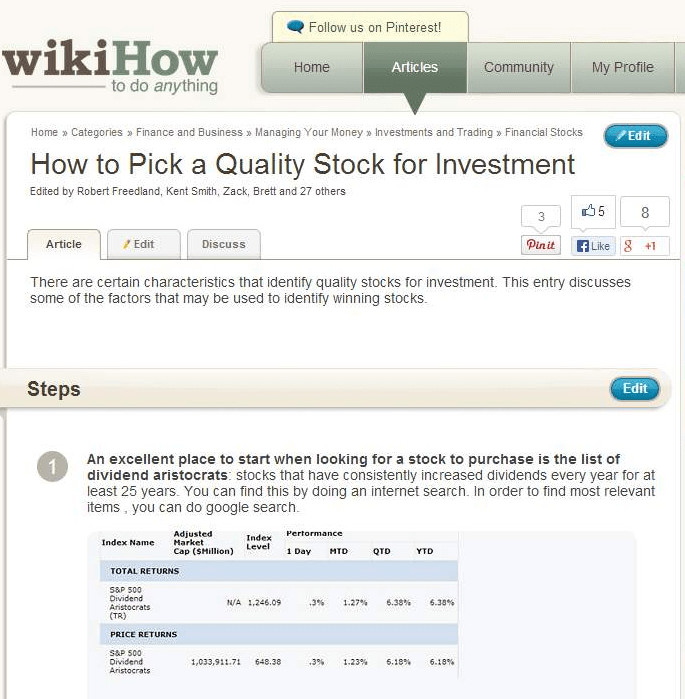
They mention that “There is no evidence that the author has financial expertise.”
Since this is a financial article, the author needs to have expertise on the topic for it to receive anything better than a “Low” score.
2. Invest in Personal Branding
The guidelines are careful to warn raters that reputation information isn’t always available and that this isn’t always bad in cases of smaller businesses and organizations.
At the same time, they state that:
“You should expect to find reputation information for large businesses and websites of large organizations, as well as well-known content creators.”
If reputation and E-A-T for the content creator are “lacking for the purpose of the page, the Low or Lowest rating is appropriate.”
Raters are encouraged to review reputation information created by third parties, rather than relying exclusively on content created by the brand or the author themselves.
This means that having a positive personal brand is absolutely vital if you want the quality score for your page to trump others in your niche.
If your content creators have a reputation for spreading misinformation, this will severely limit your ability to rank well.
Meanwhile, lacking a reputation won’t hurt you in the strictest sense, but it will mean that authors with a positive reputation will likely outperform you.
Take charge of your personal brand by:
- Fleshing out your social media profiles and interacting with influencers and your audience.
- Developing thought leadership through placement on trusted platforms.
- Telling your story to connect with your audience.
This will help you develop a positive reputation in your industry and earn those much needed third-party endorsements.
All of this rests on you being a reliable, trustworthy expert on the topics you discuss first and foremost.
3. Cut or Edit Low E-A-T Content
While the rater guidelines are careful to say that websites with multiple authors should be evaluated on a page by page basis, based on the E-A-T of individual authors, the E-A-T of the website or brand itself is also mentioned heavily throughout the guidelines.
Low E-A-T content on one page doesn’t directly impact the E-A-T of other pages, but it can negatively impact your site’s overall reputation.
For this reason, pages with low E-A-T and minimal traffic should be removed in the vast majority of cases.
Pages with high E-A-T and significant traffic deserve special consideration.
Cutting them can harm your numbers in the short term, and may lose you a spot in the search results that would be difficult to reclaim. But keeping them as they are is bound to result in reputation loss down the road.
The best course of action under these circumstances is to rework the page in order to boost your E-A-T score.
How you do this will depend on the purpose of the page.
If it is a YMYL page, for example, you will need to bring an expert author on board.
The guidelines offer this page up as an example of a “Low” quality page:
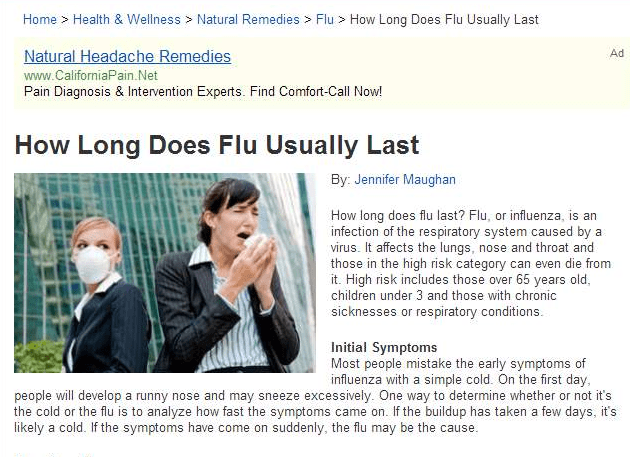
The only reason given is that “There is no evidence that the author has medical expertise.”
Since this is a YMYL page, the author needs to be a medical expert to receive anything higher than a low score.
The only way to rework this page would be to get a medical expert on board and have them vet, edit, or completely rework the page, then get their author bio on the page, along with their credentials.
But bringing in a new author isn’t always necessary.
For example, the guidelines list this page as deserving a “High” quality rating, even though the author is unknown:
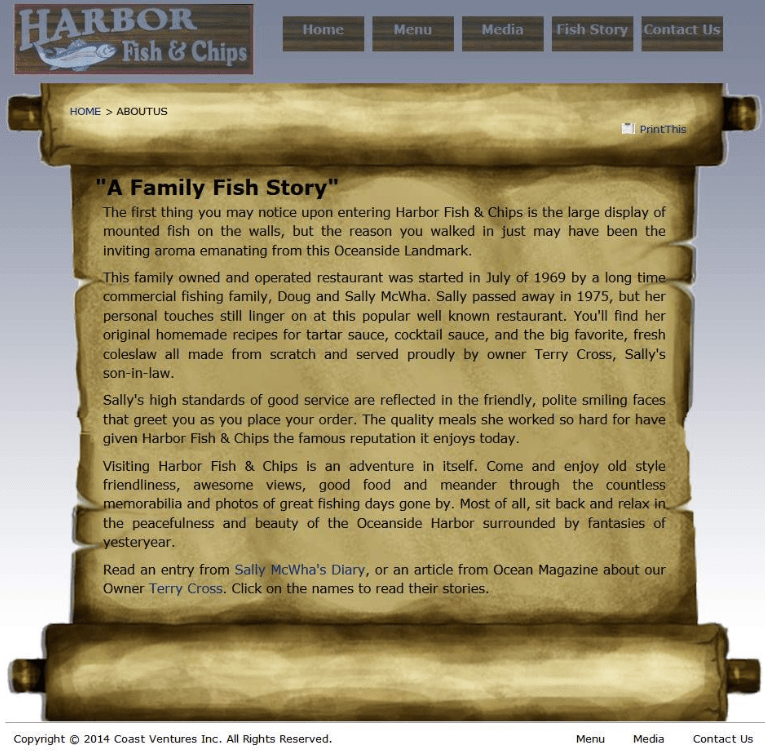
This page is said to have “High E-A-T for the purpose of the page” and the reason given is that “This website is highly authoritative because it is about itself.”
In other words, it is a primary source.
Pages on your site that don’t address YMYL topics can still be considered high E-A-T if they can be considered a primary source that is meaningful for the purpose of the page.
In situations like this, including personal anecdotes and speaking from experience can improve your E-A-T score. You can always be considered an expert on yourself.
The guidelines are careful to say that:
“For some topics, the most expert sources of information are ordinary people sharing their life experiences on personal blogs, forums, reviews, discussions, etc.”
Use this to your advantage wherever thin content can be improved upon to better suit the purpose of the page.
4. Invest in Technical Security
Trustworthiness isn’t just about reputation or accuracy.
It’s also about security.
A “shopping checkout page that has an insecure connection” is listed as an example of a page that should receive a “Low” rating.
Now that Chrome is marking all HTTP pages as “Not Secure,” any site without an SSL certificate and does not automatically redirect to an HTTPS URL is on thin ice when it comes to the future of its E-A-T score.
Verifiability in general is taken seriously throughout the guidelines.
For an extreme case, this page is offered as a “Lowest” example:
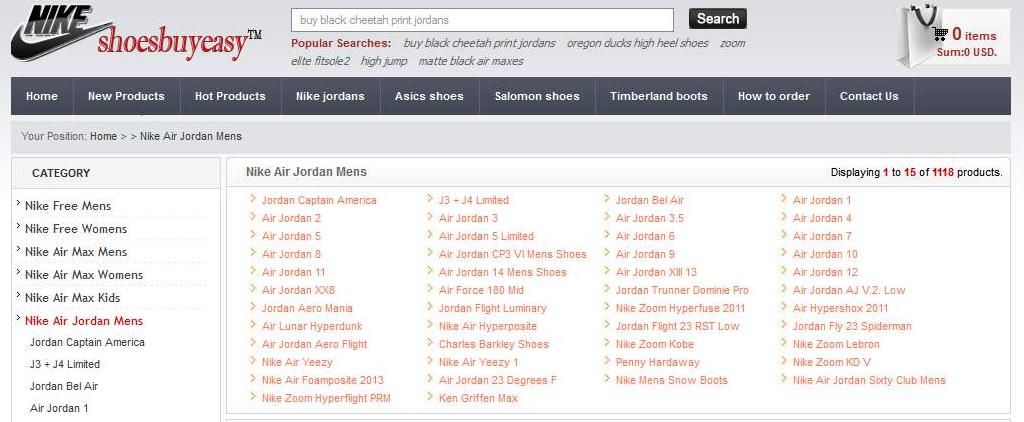
The page isn’t owned by Nike, but uses Nike’s logo.
It also doesn’t offer a physical address or a company name.
And those BBB and Google Checkout logos are fraudulent.
Verifiable badges and certifications, in contrast, should help you earn a “Highest” quality rating.
5. Moderate User-Generated Content
User-generated content won’t necessarily mean a low E-A-T rating.
The rater guidelines are careful to point out that UGC can even be the best fit in some circumstances.
This example is given the “Lowest” rating:
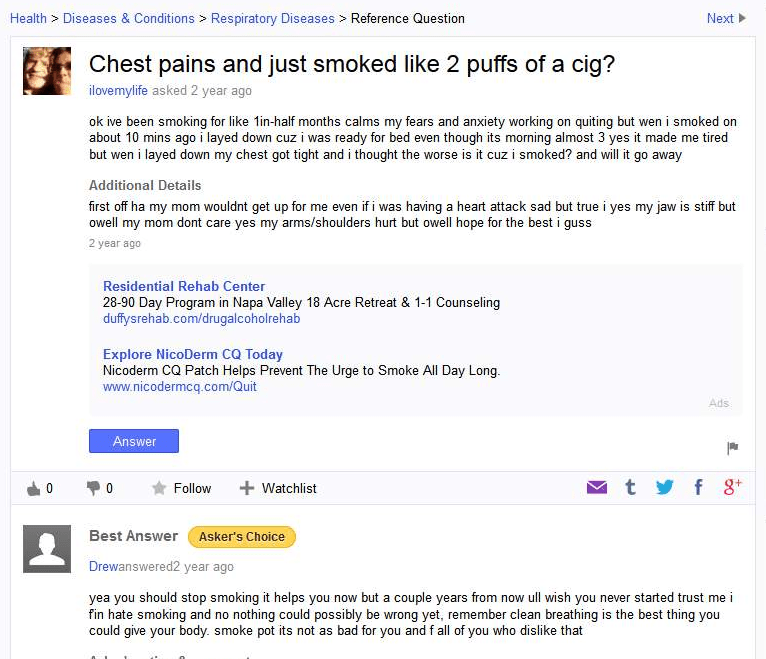
The reason given is that the topic is YMYL and the answers are incorrect medical advice offered by non-experts.
YMYL pages featuring UGC should be heavily moderated or edited with warnings and links to reputable sources, or with contributions by verifiable experts on the topic added and highlighted in some apparent way.
In stark contrast, this page is considered to deserve a “High” quality rating:

Even though the content is UGC and the authors aren’t certified experts of any kind, the topic is how to landscape an aquarium, a topic for which few, if any, certified experts exist.
The contributors are heavily interested in this niche hobby and can be considered as much of an expert on the topic as anybody, and the broad number of contributors makes the page useful for searchers.
Community management can play a role in not only moderating YMYL pages, but also in encouraging this kind of discussion in order to boost E-A-T for niche topics that only communities like these can adequately address.
Conclusion
The latest changes to Google’s quality rater guidelines, and the subsequent core algorithm update, suggest that expertise, authority, and trustworthiness play a more important role in rankings than ever before.
Incorporate these five elements into your SEO strategy in order to secure your position in the search results.
More SEO Resources:
- The Three Pillars of SEO: Authority, Relevance, and Trust
- 10 Conversion Copy Tips Every SEO Writer Needs to Know
- Content & SEO: Why & How to Build Trust, Authority & Reputation
Image Credits
All screenshots taken by author, September 2018

